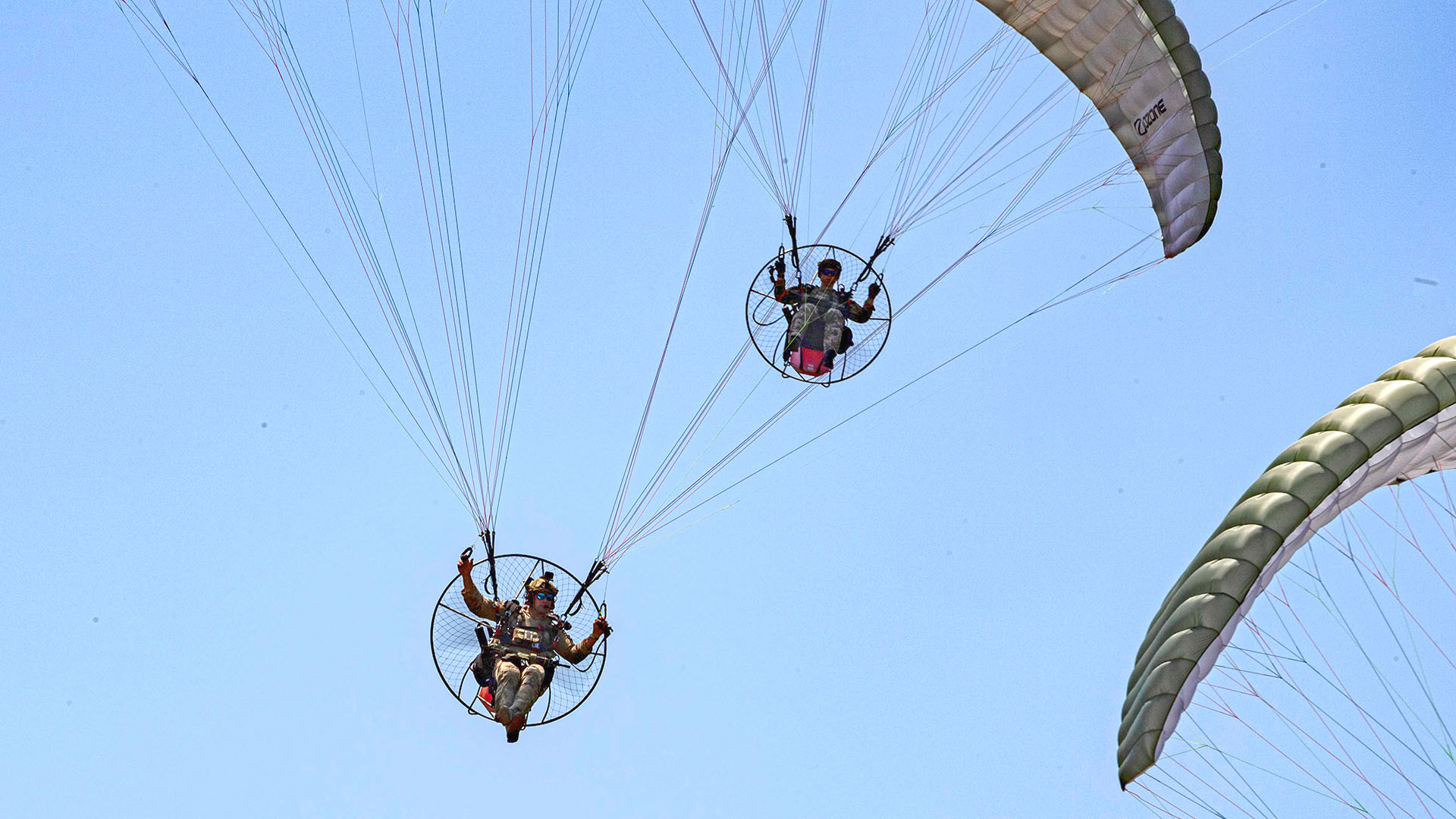The ability of Marine special operators to ride into combat on paragliders has been put front and center at a biennial show-and-tell event in Tampa. This is part of their toolkit that does not look to have been previously shown publicly. In this particular instance, the scenario also involved the airborne special operations forces hunting down a swarm of enemy drones.
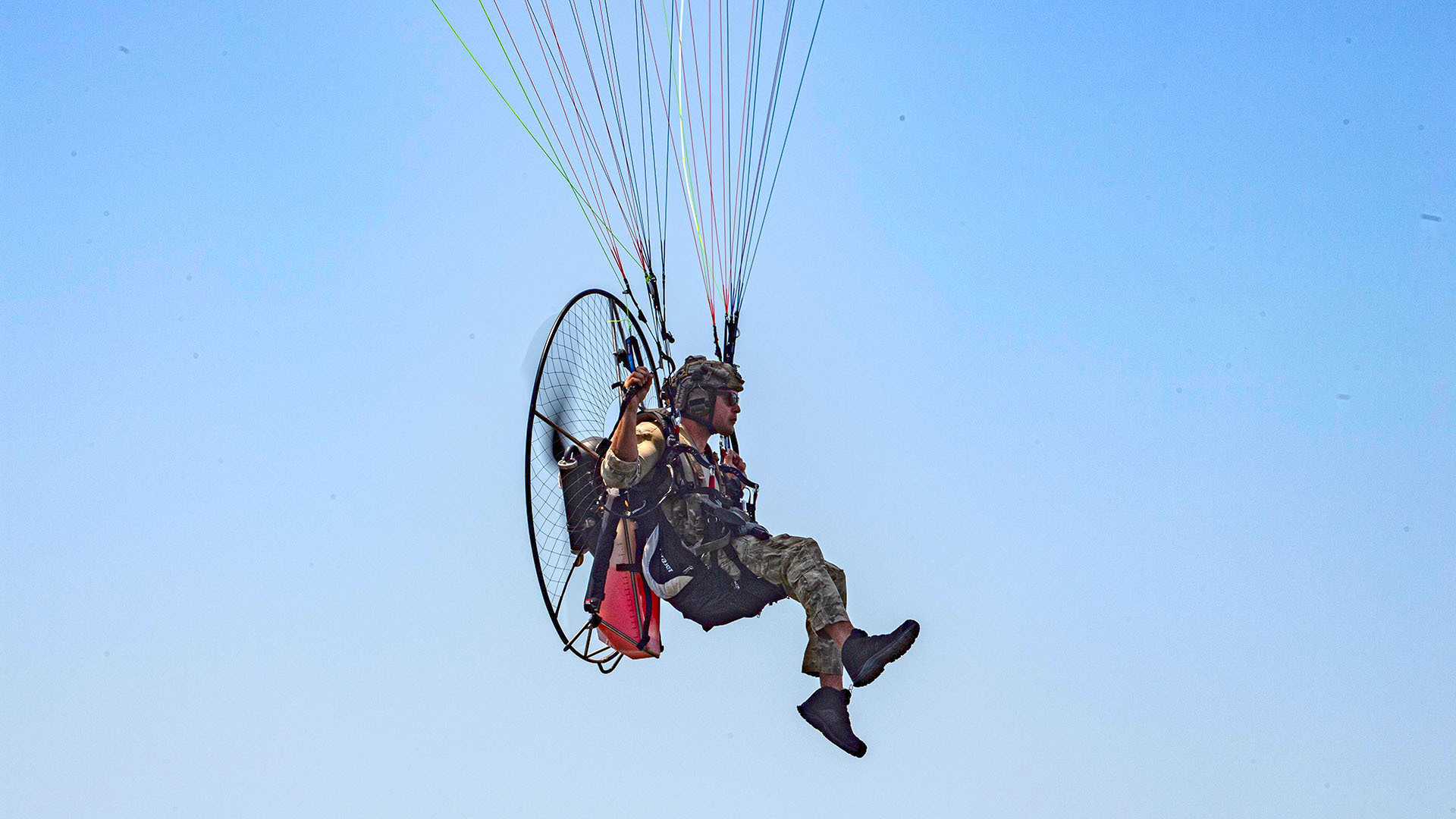
Paragliders are a tool that special operations forces could use in various contexts, especially to infiltrate into denied or otherwise sensitive areas. Hamas terrorists notably used paragliders in their unprecedented surprise attacks on southern Israel last October and North Korean commandos have trained to employ them to infiltrate across the DMZ and attack critical sites.
The paragliding Marine special operators, who were seen using both backpack and tricycle buggy designs, appeared in the skies over Tampa yesterday and again today as part of the capabilities demonstration, or CAPEX, held during the annual SOF Week conference. This looks to be the first time paragliders of any kind have taken part in this event, which has become an every-other-year tradition in the city.
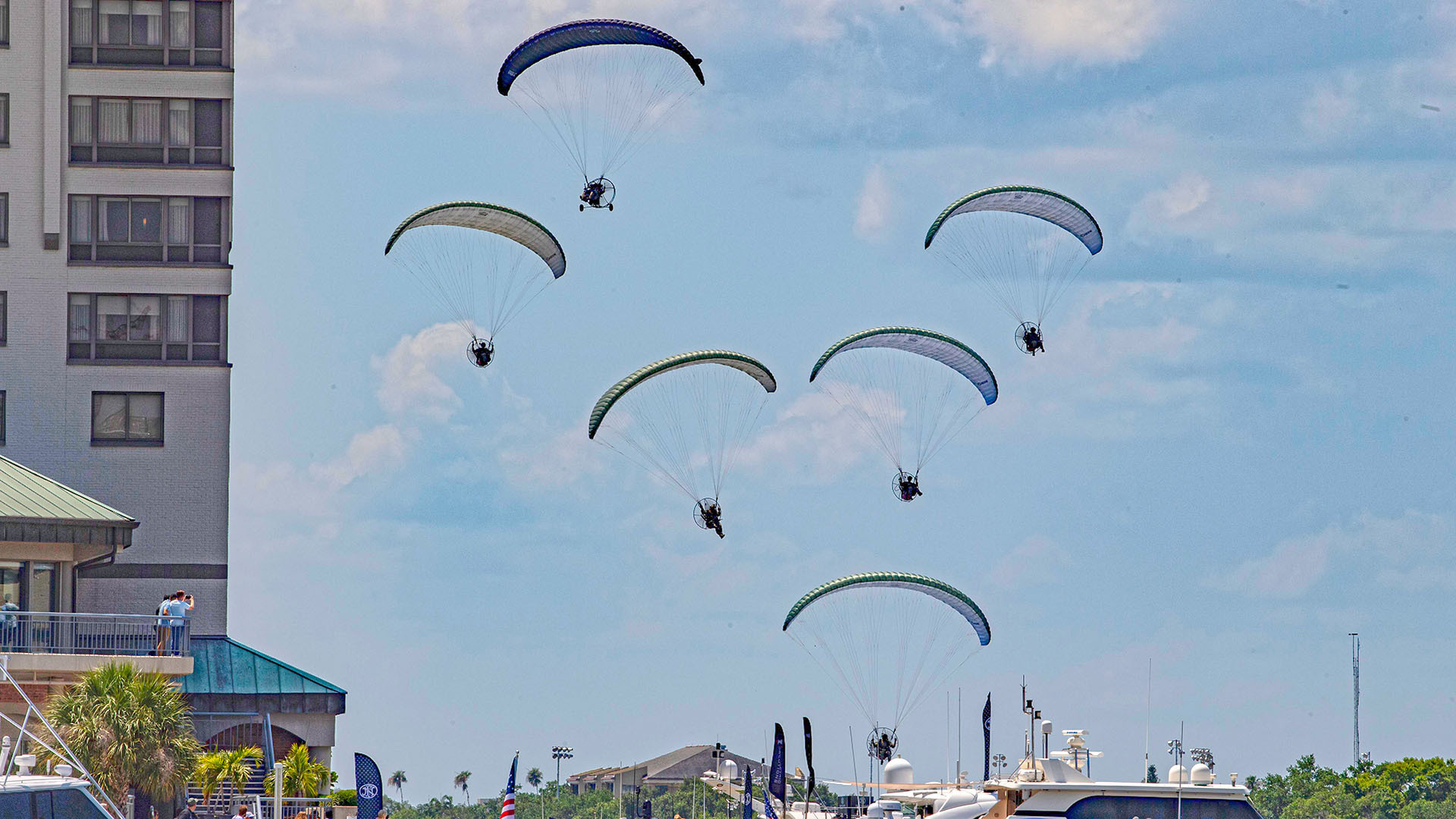
The CAPEX offers a unique chance to see U.S. and foreign special operators show off their skills, as well as get a glimpse of various special operations aircraft, ground vehicles, and other materiel. For years its focus has been on things relevant to counter-terrorism and similar low-intensity operations, reflecting real-world U.S. special operations forces activities in countries like Afghanistan and Iraq.
This year, the demonstration has changed in ways that reflect a broader shift in the U.S. military toward preparing for higher-end conflicts, especially a potential major fight in the Pacific against China. The counter-drone swarm paraglider scenario is certainly indicative of this in many ways.
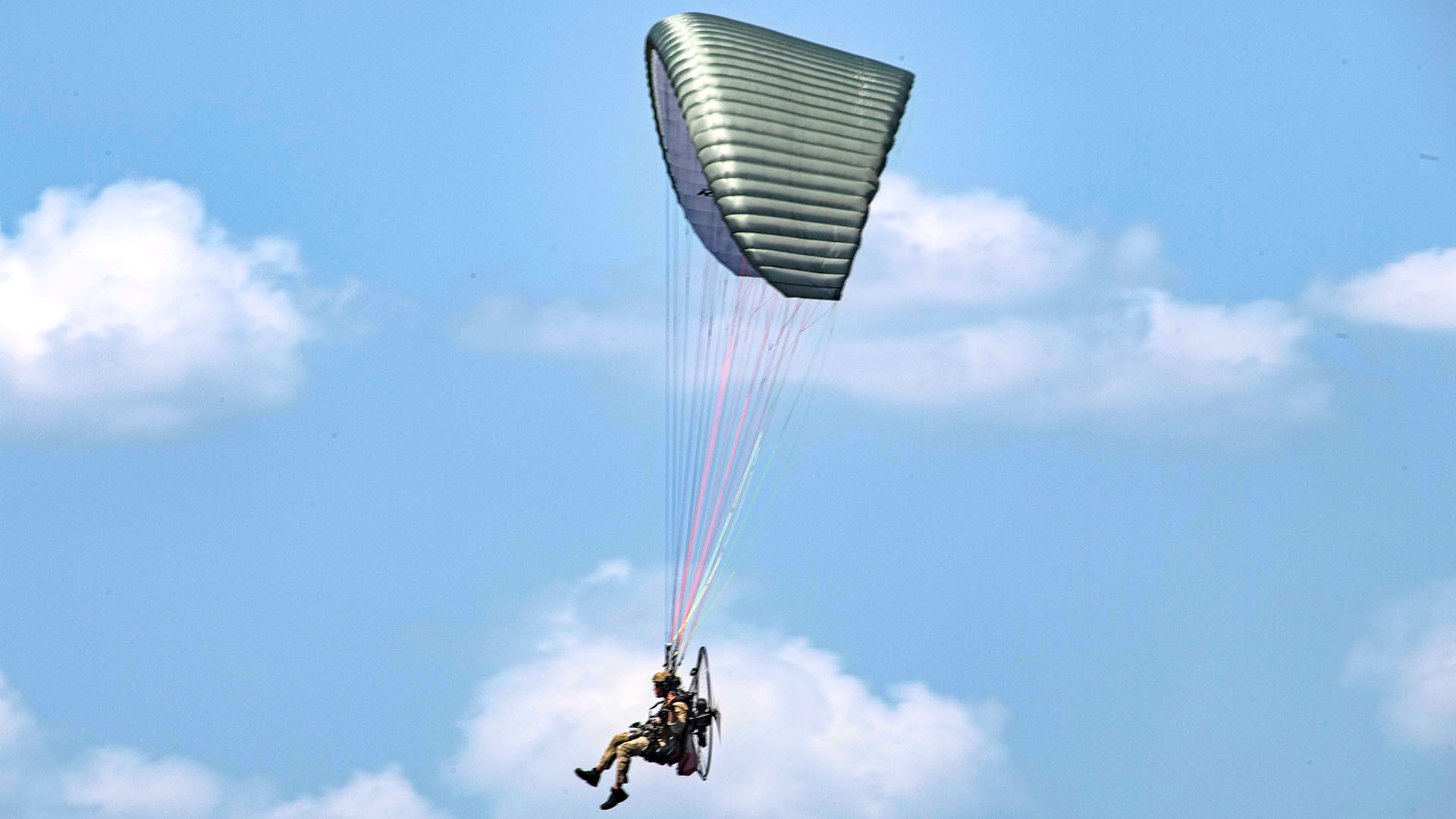
“The parafoils are a MARSOC [U.S. Marine Forces Special Operations Command] capability. And in this scenario today, during the [capabilities] demo, they’ll be bringing electronic warfare capabilities, as well as anti-drone [capabilities],” Army Sgt. Maj. Jason Baker, a U.S. Special Operations Command (SOCOM) spokesperson, told The War Zone. “We’re just demonstrating some of what could be possible. And so, out there … the notional adversary has an electronic warfare capability, [that is] shutting down our [communications]. And so they’re [the MARSOC operators are] coming down and shutting down that.”
Baker declined to elaborate on the counter-drone electronic warfare capability being simulated in this instance. Jammers are a common means of attempting to defeat uncrewed aerial systems, especially smaller types that rely on line-of-sight control links, including weaponized commercial designs.
As The War Zone regularly highlights, the threats posed by drones to U.S. military forces on and off traditional battlefields, as well as critical non-military targets, are real now and are only set to grow in the future. Uncrewed systems on the ground and at sea, as well as in the air, are increasingly part of this overall threat picture, too. Near-peer competitors, especially China, which has been very actively working on swarming technologies to go along with its uncrewed platform developments, as well as smaller countries and even non-state actors, are all steadily increasing their use of drones in all domains. The U.S. military continues to be very much playing catch-up in addressing these threats.
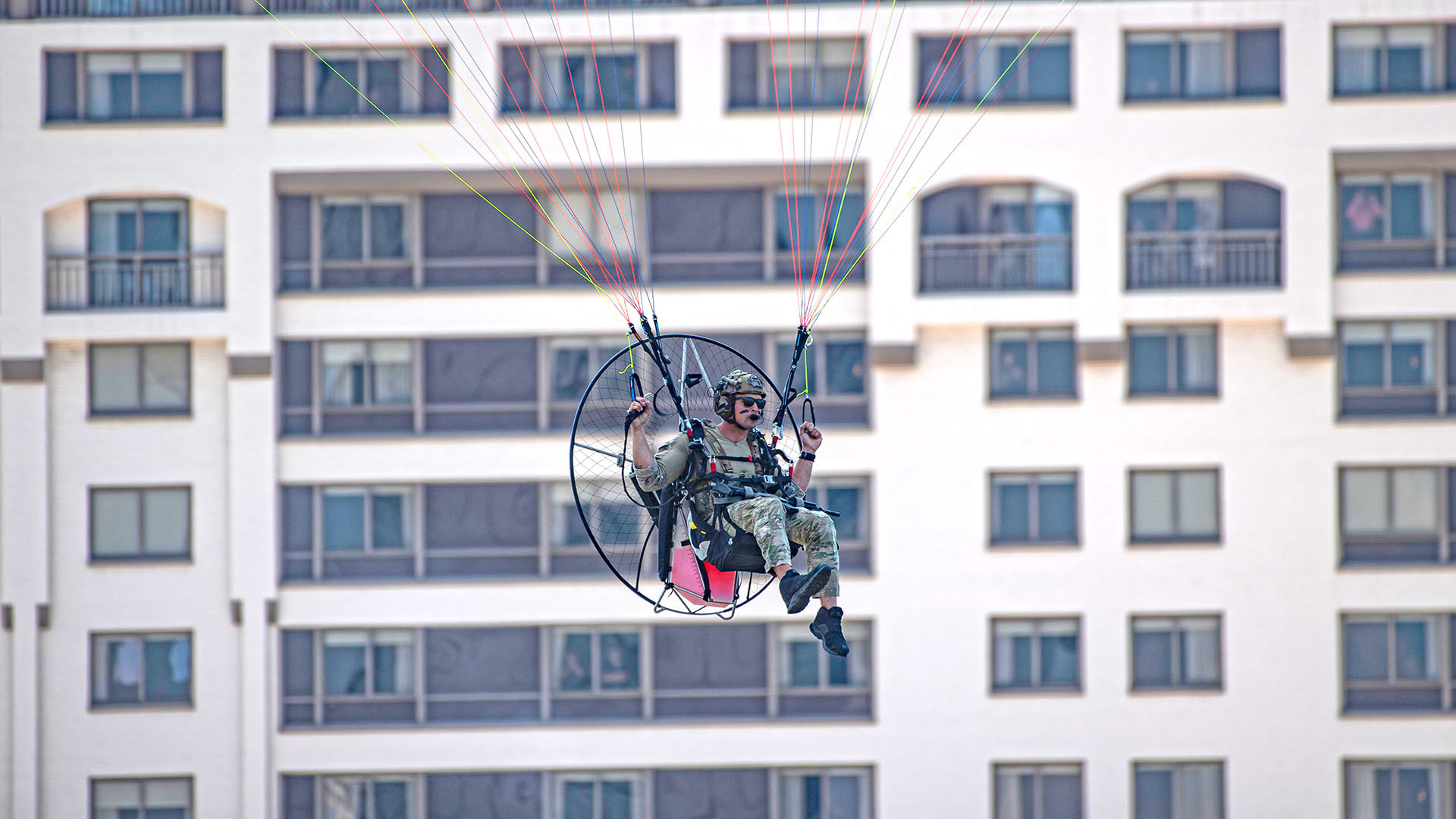
Just how viable a tactic paragliding Marine special operators with electronic warfare suites hunting for enemy drones me be is unclear. There are other potential real-world applications for how paragliders might be used to support special operations and conventional military missions.
“The parafoil, in general, is a great special operations platform that the Marines are taking advantage of. It’s something that’s easily deployable, it’s light, it’s inexpensive, it uses unleaded gasoline, so you can find that anywhere,” Jim Gregory, the Deputy Director of SOCOM’s Office of Communications, also told The War Zone about the paragliders at the CAPEX. “And it’s something that can take off from say a ship or you know an otherwise fairly inaccessible area for air capability. So they can get operators up off the ground and take advantage of that other [air] dimension of warfare … that they might not otherwise be able to.”
Gregory further highlighted how paragliders have a very low operational footprint, further increasing their overall flexibility and utility.
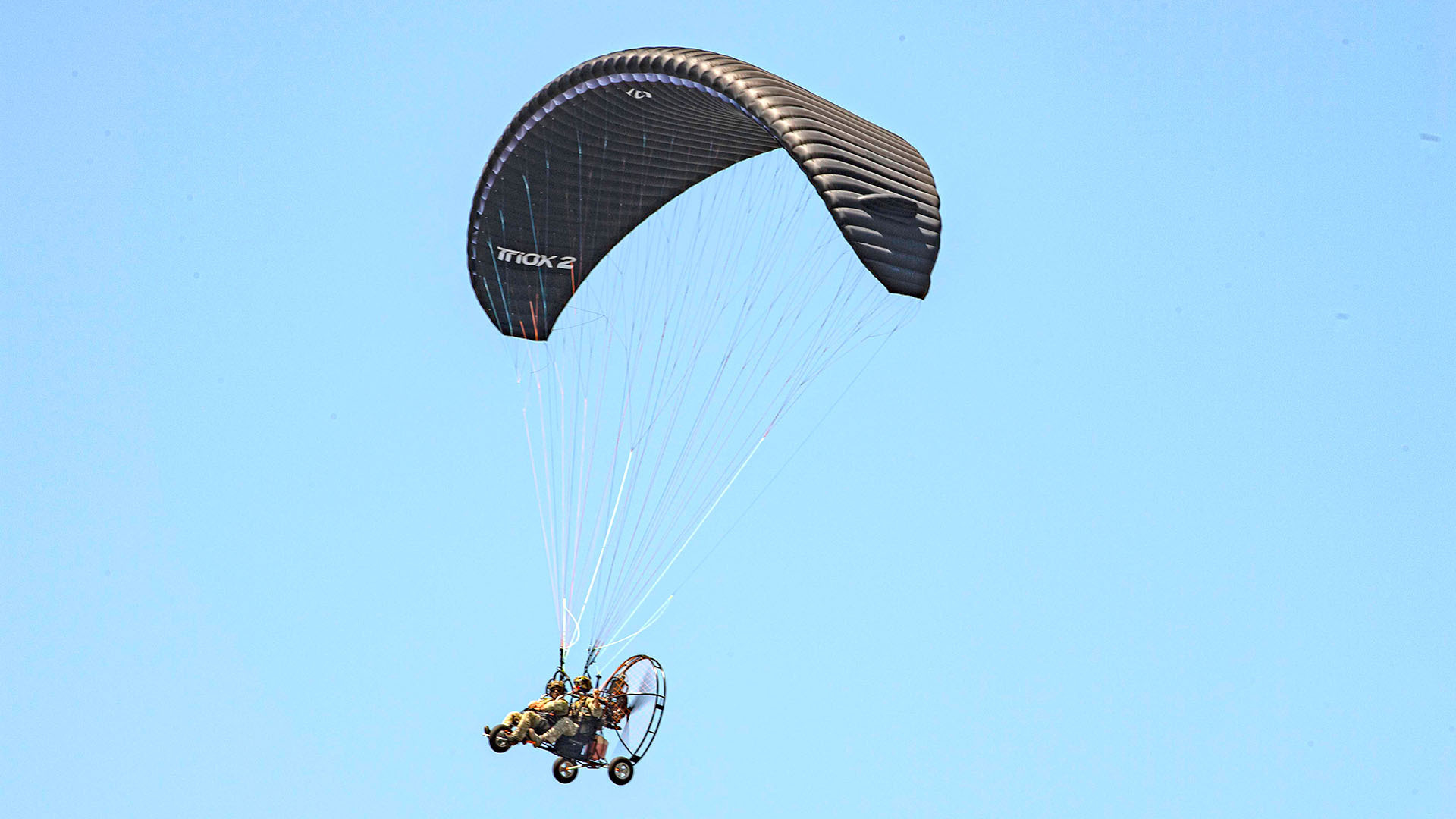
Perhaps most importantly, paragliders and similar systems like powered hang gliders also offer aerial capabilities with very low radar, infrared, sound, and other signatures that make them very hard for defenders to detect.
How long MARSOC, as well as any other U.S. military units, have already been using or at least testing and evaluating paragliders is unknown. This very well could been an older lapsed capability brought back for modern day applications, as well. In 2020, the U.S. Navy put out a contracting notice expressing interest in demonstrating the feasibility of using paragliders in airborne surveillance and ship-to-shore mobility roles in support of Marine Corps requirements.
Paragliding equipment company BlackHawk Paramotors USA also has a video on YouTube from 2013, seen below, showing U.S. Army special operators receiving paraglider training.

U.S. special operators are known to have operationally employed uncrewed paraglider systems called CQ-10A SnowGooses on at least a limited basis to help resupply personnel in remote and austere forward locations. An autogyro version of the Snowgoose designated the CQ-10B was also developed.

Regardless, as already noted, paragliders are a capability that other armed forces and non-state militant groups have in their arsenals.
Hamas terrorists very notably used paragliders to infiltrate into southern Israel as part of their attacks on October 7, 2023.
North Korea has also included paragliders in exercises meant to simulate attacks on the South. The North Korean armed forces famously maintain a fleet of archaic An-2 biplanes, which offer another very low-signature way to support infiltration and other special operations activities, as The War Zone has highlighted in the past.
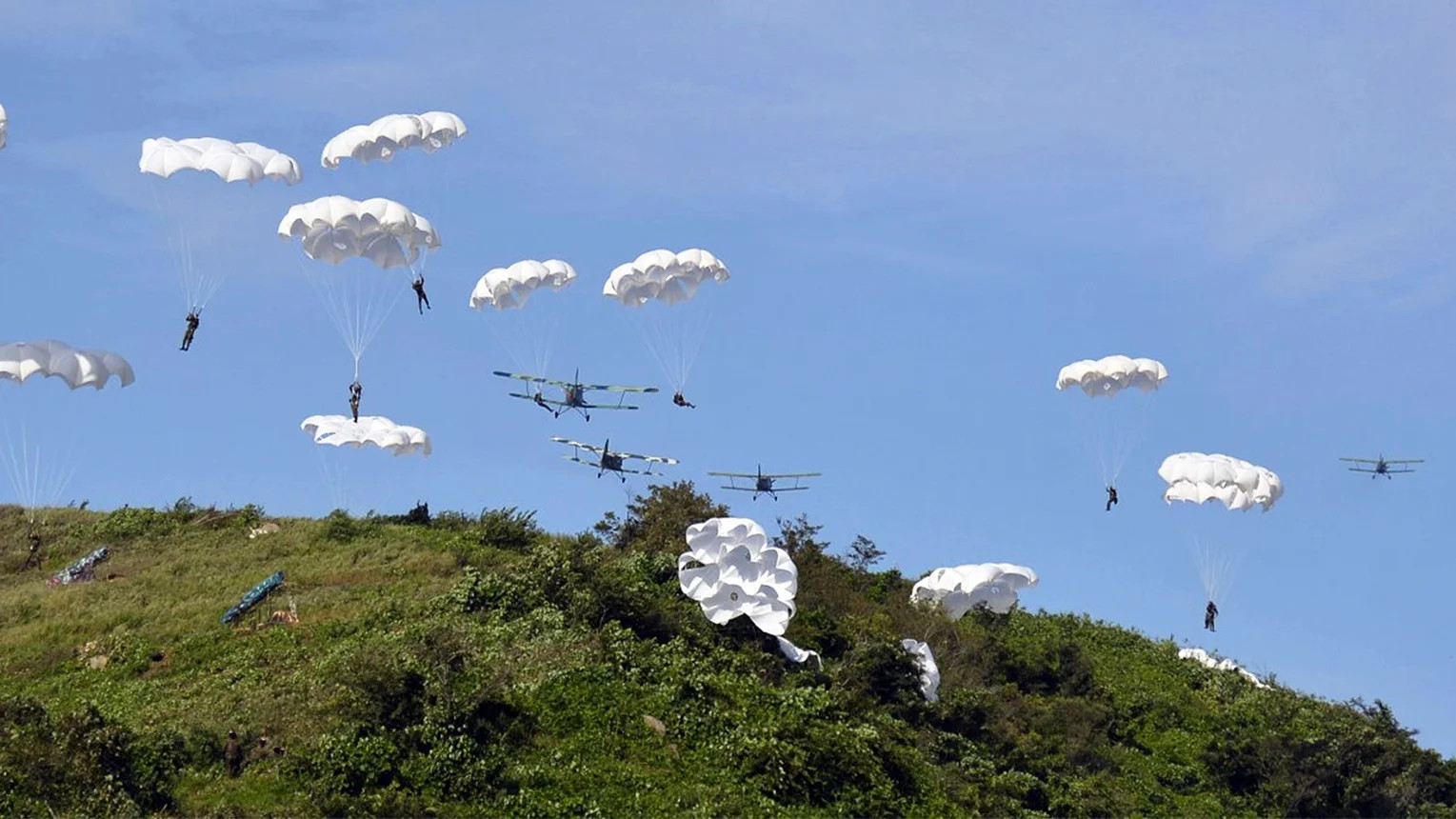
Drug cartels have also used similar capabilities to get illicit narcotics from Mexico into the United States.
Altogether, it is not hard to see how the U.S. special operations community, which is always on the lookout for new and discreet ways to increase operator mobility, as well as the Marine Corps (and not just MARSOC), would be interested in using paragliders in various capacities. For the Marines, such a capability could be well aligned with the service’s new and still evolving expeditionary and distributed concepts of operations, which are heavily centered on island-hopping scenarios in the Pacific.
While it remains to be seen whether or not MARSOC ever actually sends out paraglider teams to hunt enemy drones remains to be seen, the core capability here is something that could have various real-world applications for U.S. special operations and conventional forces.
Contact the author: joe@twz.com
